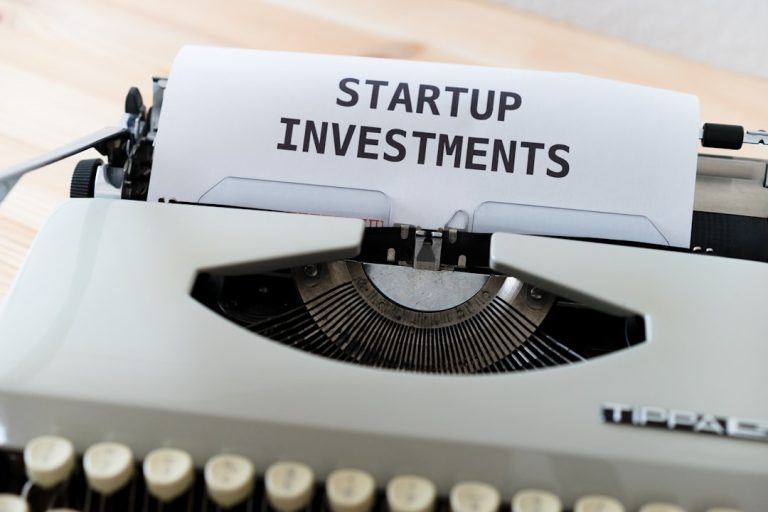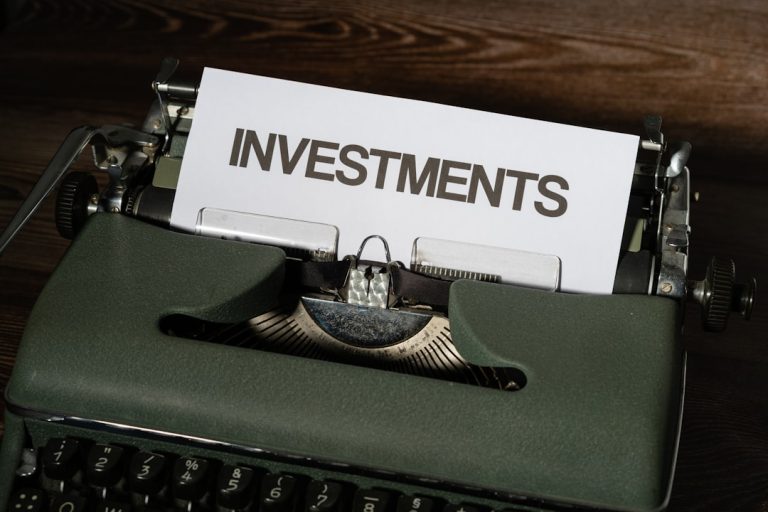Explore how SEIS and EIS can provide substantial income tax relief when your business concludes, ensuring you benefit from your startup investments.
Introduction
Exiting a business is a significant milestone, whether through a sale, merger, or closure. For entrepreneurs and investors alike, understanding how to maximize income tax relief during this transition is crucial. The Seed Enterprise Investment Scheme (SEIS) and Enterprise Investment Scheme (EIS) offer compelling tax incentives designed to encourage investment in startups. This article delves into how SEIS and EIS can be leveraged to optimize your tax benefits when your business exits.
Understanding SEIS and EIS
What is SEIS?
Introduced in 2012 and made permanent in 2014, the Seed Enterprise Investment Scheme (SEIS) aims to stimulate investment in early-stage startups. SEIS provides generous tax reliefs to individual investors, making it an attractive option for those looking to support innovative businesses while minimizing their tax liabilities.
What is EIS?
The Enterprise Investment Scheme (EIS) complements SEIS by targeting slightly more established startups. EIS offers substantial tax benefits similar to SEIS but applies to larger investments in companies that have moved beyond the initial startup phase. Both schemes are pivotal in fostering a vibrant startup ecosystem in the United Kingdom.
Tax Benefits of SEIS and EIS
Income Tax Relief
One of the standout features of SEIS and EIS is the income tax relief they offer:
- SEIS: Investors can claim income tax relief worth 50% of the amount invested, up to a maximum of £100,000 annually.
- EIS: Investors are eligible for 30% income tax relief on investments up to £1,000,000 each tax year.
These deductions significantly reduce the effective cost of investment, making SEIS and EIS attractive for high-net-worth individuals and those seeking tax-efficient investment opportunities.
Capital Gains Tax Exemption
Investing through SEIS and EIS also provides capital gains tax (CGT) exemptions:
- Disposals: Shares held for at least three years are exempt from CGT upon disposal.
- Reinvestment: A 50% exemption on CGT is available for gains reinvested within the scope of SEIS or through CGT rollover relief under EIS.
These exemptions ensure that investors can retain a larger portion of their returns, enhancing the overall attractiveness of these schemes.
Loss Relief
In the unfortunate event that an investment under SEIS or EIS fails, investors benefit from loss relief:
- Unlike standard capital losses, which may not always be fully utilized, SEIS allows investors to convert capital losses into income tax losses.
- These losses can offset other income, providing a more flexible and impactful tax relief mechanism.
Inheritance Tax Relief
SEIS and EIS investments also offer inheritance tax (IHT) relief:
- Investors can benefit from a 100% exemption under business property relief after just two years of holding the investment.
- This feature makes SEIS and EIS an effective tool for long-term estate planning.
Strategies to Maximize Income Tax Relief When Exiting
Timing of Investments
Strategically timing your investments can enhance tax benefits:
- Early Investment: Investing early in the business’s lifecycle under SEIS maximizes income tax relief due to the higher percentage (50%) compared to EIS.
- Carry Back Option: Electing for a one-year carry back allows you to apply current year investments to the previous tax year, potentially increasing your tax relief.
Reinvesting Gains
Reinvesting gains can amplify tax advantages:
- Utilizing the CGT rollover relief under EIS allows you to defer tax on gains by reinvesting in qualifying new ventures.
- This strategy not only preserves capital but also leverages tax deferral to facilitate further investment growth.
Diversifying Investments
Diversification across multiple SEIS and EIS investments can spread risk and optimize tax relief:
- By spreading investments, you can maximize the annual income tax relief limits for both SEIS and EIS.
- Diversification also reduces the impact of a single investment failure on your overall portfolio.
Utilizing Professional Advice
Engaging with accounting professionals can ensure compliance and optimal tax planning:
- Advisors can help navigate the complexities of SEIS and EIS, ensuring that investments meet all qualifying criteria.
- Professional guidance can also assist in strategic planning for exits to maximize tax benefits.
The Role of Oriel IPO in Facilitating SEIS/EIS Investments
Oriel IPO stands out as an innovative platform in the UK investment marketplace, specifically designed to bridge the gap between startups and investors through SEIS and EIS incentives. By offering a commission-free environment and a curated selection of tax-efficient investment opportunities, Oriel IPO simplifies the investment process.
Key Features of Oriel IPO
- Educational Resources: Comprehensive guides and calculators empower investors with the knowledge to make informed decisions.
- Subscription Model: Flexible access tiers, including a free trial, cater to both novice and experienced investors.
- Community Support: A supportive environment fosters essential relationships between entrepreneurs and angel investors.
As Oriel IPO continues to evolve, its focus on strategic partnerships and regulatory compliance positions it as a leader in providing accessible, tax-efficient investment opportunities.
Conclusion
Maximizing income tax relief through SEIS and EIS is a strategic advantage for both entrepreneurs and investors navigating the exit phase of a business. These schemes offer substantial tax benefits that can enhance investment returns and provide financial security. Platforms like Oriel IPO play a crucial role in facilitating these investments, making it easier for stakeholders to capitalize on the available incentives.
Investing in SEIS and EIS not only supports the growth of innovative startups but also offers significant tax reliefs, creating a win-win scenario for both entrepreneurs and investors.
Ready to take advantage of SEIS and EIS tax benefits? Visit Oriel IPO today and start maximizing your investment potential.



